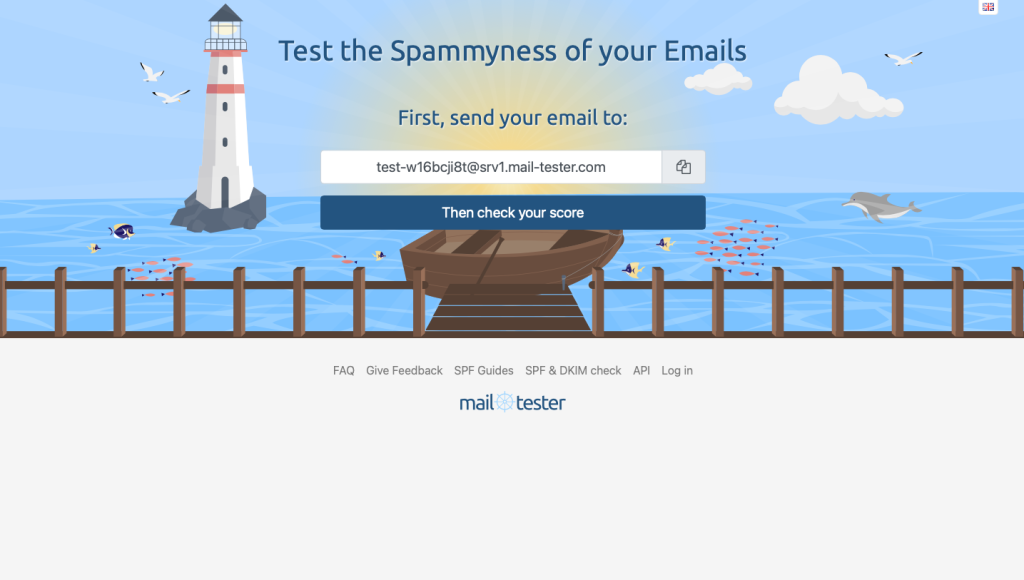Our websites use cookies. By continuing, we assume your permission to deploy cookies as detailed in our Privacy Policy.
Below 0.3%: How to Reduce Spam Complaint Rates
It’s an email marketer’s worst nightmare—ending up in the spam box.
It destroys your engagement metrics and email sender reputation. And it only gets worse from there.
Because even if you take the necessary steps to correct a past mistake that got you in the spam folder in the first place, that is a red stain on your reputation. And it takes a lot of time and resources to mend the said reputation.
So you need to start caring about reducing your spam complaint rate long before it becomes a problem.
This article will discuss the new email sender requirements by Yahoo and Gmail, why the spam complaint rate is even more critical now, and a 10-step program on how to reduce your spam complaint rate.
New Email Sender Requirements from Yahoo and Google
One of the biggest digital marketing trends that will define 2024 will be, without a doubt, the new email deliverability rules by Yahoo and Gmail.
Starting February 2024, all email senders who send over 5,000 emails daily to Yahoo and Gmail users are required to comply with these new rules:
- Authenticate your email domain using DKIM, SPF, and DMARC security protocols.
- Enable one-click unsubscribe with a 2-day processing time.
- Keep the spam complaint rate under 0.3%—max 3 spam complaints per 1,000 emails.
Gmail has been recommending these as email marketing best practices for a long time, and now, organisations are required to provide a safer inbox for consumers.
You can get more information on how to comply with these new email sender requirements on Gmail’s Help Center.
Let us move on to another pressing matter: How to keep your spam complaint rate as low as 0.3%
10 Steps on How to Reduce Your Spam Complaint Rate
You’ll see that those two of those new requirements being put into action by Yahoo and Google are not really new; you already needed to comply with them to keep your spam complaint rates low.
Keeping the maximum spam complaint rate under 0.3% will be the end result of following these best practices:
1. Build Your Own Email List
Whenever someone asks, “Why shouldn’t I buy email lists?” an angel loses its wings.
Buying email lists can create serious problems for your organisation:
- It violates data privacy laws, which you must comply with to keep your spam complaint rates low, as you’ll see later.
- Such email lists contain outdated and inaccurate information.
- Sending unsolicited emails will severely damage your email sender’s reputation.
Building your email list, on the other hand, will get you an engaged audience and reduce spam complaints.
2. Provide Double Opt-In
A double opt-in process is essentially a two-stop verification to validate and confirm email subscriptions. It is a great way to ensure you’re complying with the Internet privacy laws and regulations.
Providing double opt-in:
- Ensures that subscribers genuinely want to receive emails from you,
- Reduces the spam complaint rates and unsubscribes, and
- Improves your email sender reputation.
3. Authenticate Your Email Domain
Used to be a strong recommendation for digital marketers to reduce spam complaint rates, email domain authentication is now a requirement by Yahoo and Gmail.
- SPF (Sender Policy Framework)
- DKIM (Domain Keys Identified Mail)
- DMARC (Domain-based Message Authentication, Reporting, and Conformance)
Authenticating your email domains through these security protocols will validate and verify the authenticity of your email campaigns.
Reminder: If you don’t have a Custom Sending Domain (CSD) set up, you must do that before the email authentication step. If your emails go from @yourdomain.com, they will look more professional, and the chances of them being marked as spam will be lower.
4. Comply with the Internet Privacy Laws
Various laws govern email marketing depending on the location of both the marketer and the recipients. However, the essential data privacy laws that every marketer should be familiar with are:
- CAN-SPAM Act (US)
- CASL (Canada)
- GDPR (Europe)
- PECR (UK)
Failure to comply with data privacy regulations may result in substantial penalties.
In the UK, for example, breaching the GDPR may result in “a maximum fine of £17.5 million or 4% of annual global turnover — whichever is greater — for infringement of any of the data protection principles or rights of individuals.”
5. Keep a Clean Email List
A healthy and clean email list leads to better email deliverability rates, ensuring your emails reach their intended recipients.
Internet Service Providers (ISPs) use email engagement metrics, such as open rates and click-through rates, to assess the quality of your emails. Since a clean email list tends to have higher engagement, this practice directly and positively affects your email deliverability.
Regularly remove inactive or invalid email addresses and promptly address any bounces.
Another important way to ensure low spam complaint rates is to enable one-click unsubscribes—something that you are now obliged to do.
6. Enable One-Click Unsubscribe
As of February 2024, you are not only advised but required to allow one-click unsubscriptions with a 2-day processing time, according to the new email sender requirements by Yahoo and Gmail.
Adopting suppression list management as a regular practice will help you greatly in this regard.
Suppression lists guarantee that you do not send emails to individuals who have chosen to opt out, allowing you to communicate solely with an engaged and interested audience. This minimises the likelihood of your messages being marked as spam.
7. Send Relevant Content
Based on what was discussed so far, this one should be obvious.
> Send people the content they wish to see (a.k.a. the reason why they subscribed to your email list in the first place)
> Get higher engagement
> Improve your email sender reputation
> Unsubscriptions and spam complaints are minimised
Adopt email segmentation best practices to take advantage of personalisation’s power and increase your email campaigns’ relevancy.
8. Optimise Email Sending Frequency
There is no universally perfect frequency for sending emails. The optimal email sending frequency varies based on factors such as industry dynamics, brand identity, and target audience.
However, irrespective of these variables, sending emails with too little time in between each can result in subscriber fatigue, higher unsubscribe rates, increased spam complaints, and diminished engagement.
- Define your goals clearly—whether it’s driving sales or directing traffic to your blog.
- Understand your audience by recognising the stages of the buyer’s journey and tailor your messages accordingly.
- Experiment with different frequencies and analyse results to discover the optimal frequency.
9. Monitor Your Email Engagement Metrics
Besides measuring the impact of your campaigns and understanding what your subscribers respond to, closely monitoring email marketing KPIs serves as an early warning system.
By vigilantly tracking these metrics, you can swiftly identify any emerging issues or patterns that could adversely affect your campaigns, such as the changes in spam complaint rates.
This proactive strategy empowers you to make timely modifications, mitigating the risk of harm to your sender reputation and ensuring the overall success of your campaigns.
10. Utilise Spam Checkers
Spam checkers are web-based utilities that enable you to assess your emails, indicating the probability of recipients marking them as spam. While ISPs ultimately determine message filtering, spam checkers frequently reassure marketers as they plan new campaigns.

Stay Compliant with Yahoo and Gmail Sender Requirements and Avoid Ending Up in the Spam Folder
Here’s what you need to do to reduce spam complaint rates:
- Build your own email list: Never ever buy email lists, as they violate data privacy laws and will ruin your email sender’s reputation.
- Provide double opt-ins: Ensure that your subscribers are interested in receiving your emails.
- Email domain authentication: Authenticate your email domain using DKIM, SPF, and DMARC security protocols.
- Comply with the data privacy laws and regulations: Failure to comply can result in severe monetary penalties.
- Maintain a clean email list: Regularly deal with invalid email addresses and bounces.
- Allow one-click unsubscribe: This one is pretty important as it is one of the new email sender requirements.
- Send targeted and personalised emails: Apply email segmentation to increase relevancy and engagement.
- Optimise email sending frequency: Experiment with different frequencies for different campaign types to find your ideal cadence.
- Keep an eye on email marketing KPIs: Look for any changes in engagement metrics that might negatively affect your sender’s reputation.
- Use spam checkers: While Yahoo and Gmail have the last word on what’s considered spam, utilise these tools to avoid any major mistakes.
Once you make these best practices a regular part of your routine, keeping spam complaint rates below 0.3% will be as easy as breathing!





